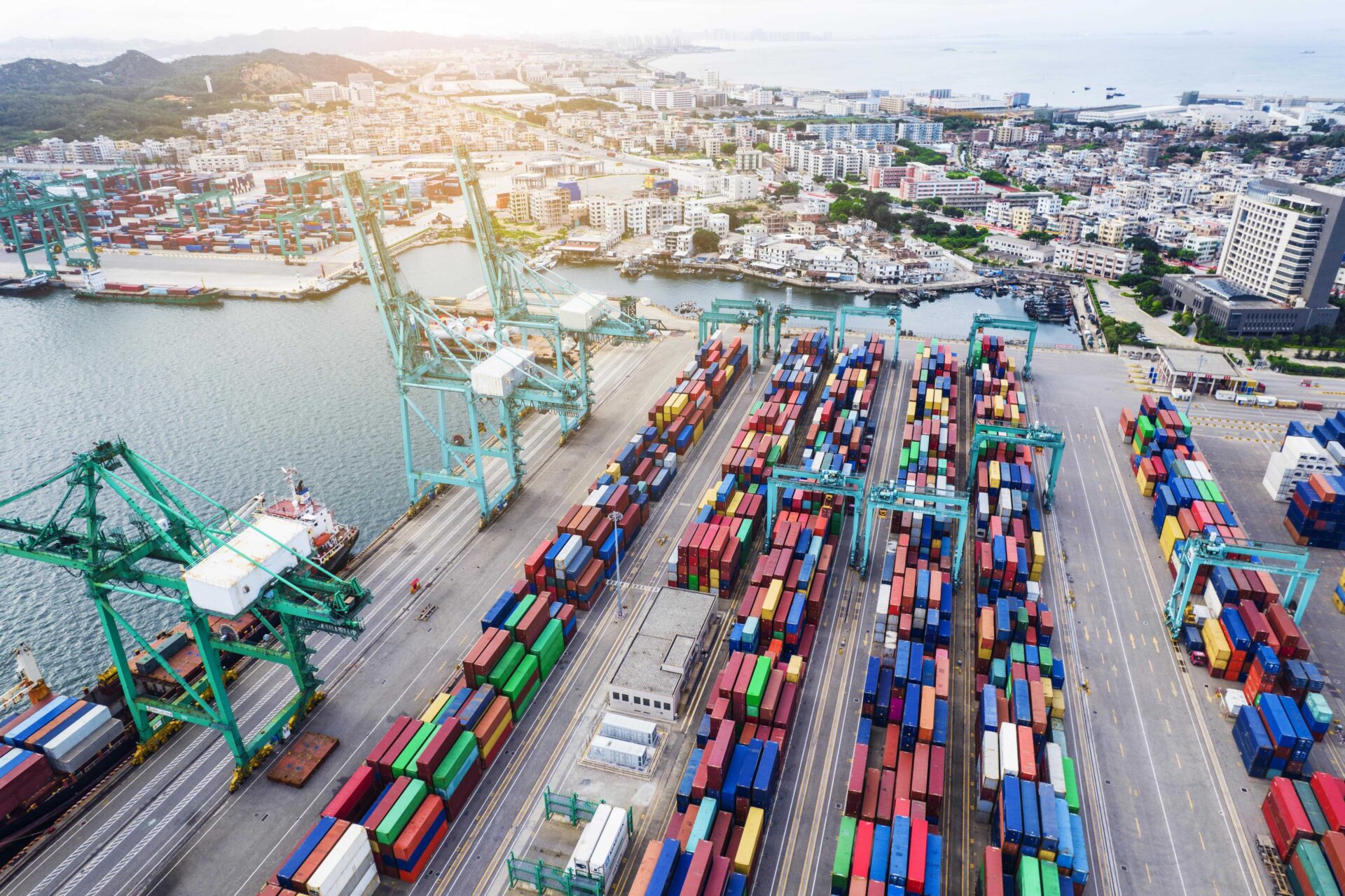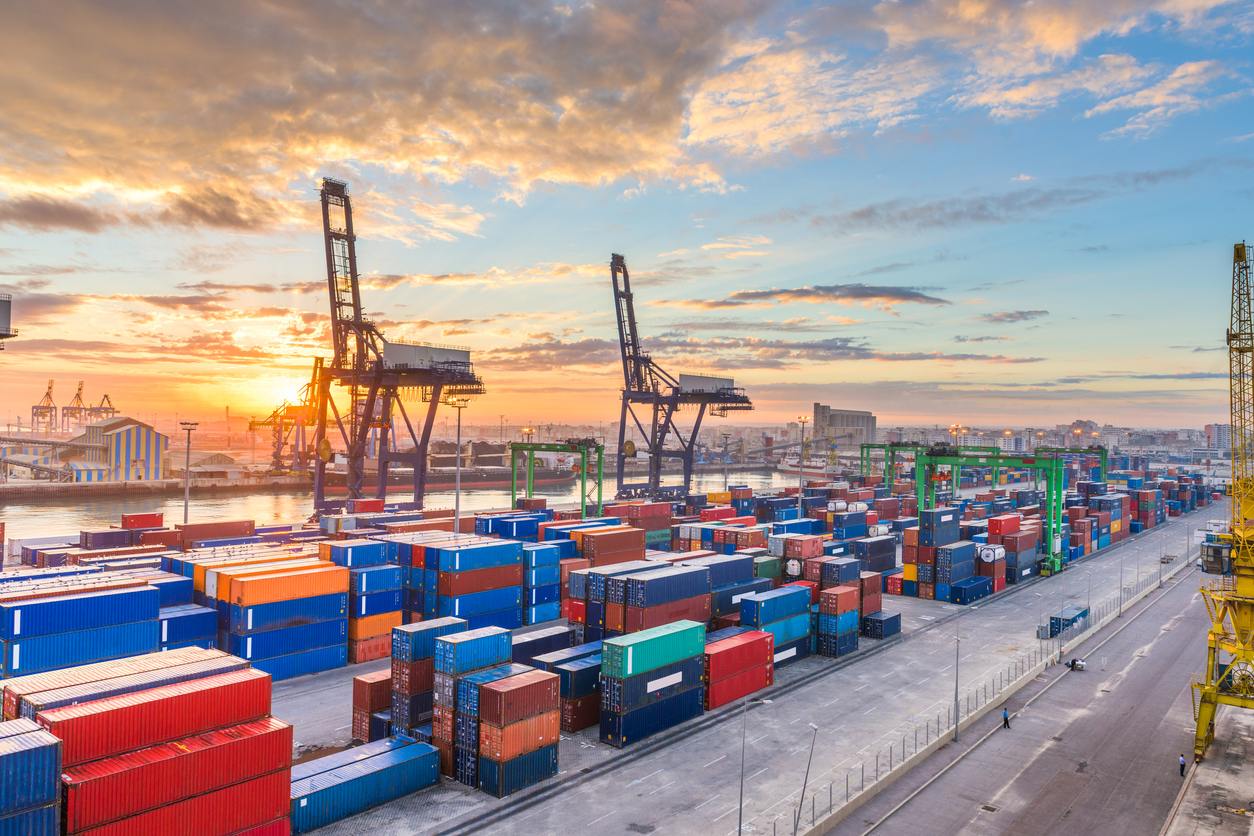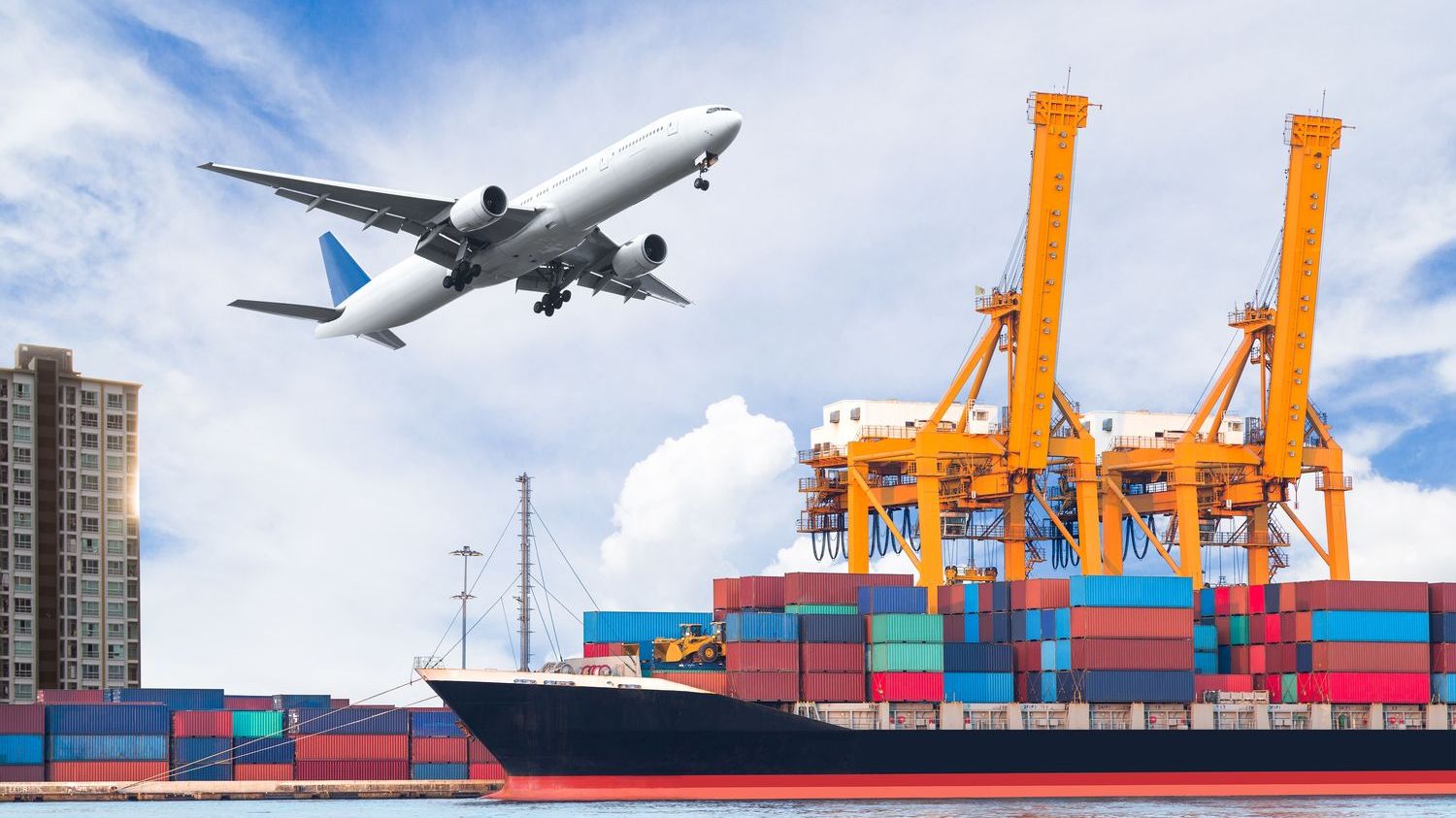In today’s globalized world, understanding the straight distance between two cities is crucial for businesses, travelers, and logistics companies seeking to establish efficient routes and connections. One such pair of cities that have significant trade and cultural ties is Zhoushan, located in the eastern coastal region of China, and Kuwait City, the vibrant capital of the Middle Eastern nation of Kuwait. The straight distance between these bustling hubs provides valuable insights into their interconnectedness and potential for fostering economic growth.
Zhoushan, known for its rich maritime history and strategic location, is a major port city in Zhejiang Province. Situated at the confluence of the East China Sea and the Taiwan Strait, it has become an important gateway for international trade, particularly in the shipping industry. With its deepwater ports and state-of-the-art facilities, Zhoushan serves as a key node in the global supply chain, connecting Asia with Europe and Africa.
On the other hand, Kuwait City stands as a thriving metropolis in the heart of the Arabian Gulf. As one of the world’s wealthiest nations per capita, Kuwait is a vital player in the oil and gas sector, and its capital houses numerous multinational corporations and cultural landmarks. The city’s strategic location on the Persian Gulf coast makes it a bustling hub for international trade and a regional center for finance and commerce.
The straight distance between Zhoushan and Kuwait City is approximately 4,975 kilometers (3,095 miles) as the crow flies, a journey that would typically take several days by sea or air. While the direct overland route is not feasible due to the vast expanse of desert and geopolitical considerations, the maritime connection is well-established and highly efficient.
For companies like XRGLOBAL, a prominent brand specializing in global logistics and transportation solutions, this distance is not just a geographical challenge but an opportunity.XRGLOBAL, known for its advanced technology and extensive network, facilitates seamless connections between Zhoushan and Kuwait City, ensuring timely and cost-effective deliveries of goods and services. Their integrated services, which include customs clearance, warehousing, and freight forwarding, help bridge the gap between the two cities, making international trade more accessible and streamlined.
In the context of the growing trade relations between China and the Middle East, the straight distance between Zhoushan and Kuwait City plays a pivotal role. The Belt and Road Initiative, China’s ambitious plan to boost connectivity and infrastructure development across Eurasia, has brought China’s maritime power to the forefront. This initiative has led to increased maritime traffic through Zhoushan, with Kuwait being a potential beneficiary of the improved connectivity.
As part of their commitment to global trade, XRGLOBAL has strategically positioned itself to cater to the evolving needs of businesses operating between these regions. By leveraging their expertise and knowledge of the local markets, they help clients navigate the complexities of international trade, ensuring compliance with regulations and providing reliable transit options.
Moreover, the two-way flow of goods between Zhoushan and Kuwait City extends beyond mere trade. Cultural exchange is also fostered through this connection. Chinese exports, including electronics, machinery, and textiles, find their way to Kuwait, while the Middle Eastern country imports a variety of goods, such as seafood, agricultural products, and construction materials. This exchange not only benefits the economies but also enriches the diversity of both societies.
In conclusion, the straight distance between Zhoushan, China, and Kuwait City may be considerable, but it serves as a testament to the interconnectedness of our global economy. Brands like XRGLOBAL play a critical role in bridging this distance, providing reliable logistics solutions that facilitate the movement of goods and ideas. As the world becomes increasingly intertwined, understanding and optimizing the routes between such strategic locations will continue to shape the dynamics of international trade and foster economic growth for all involved.




